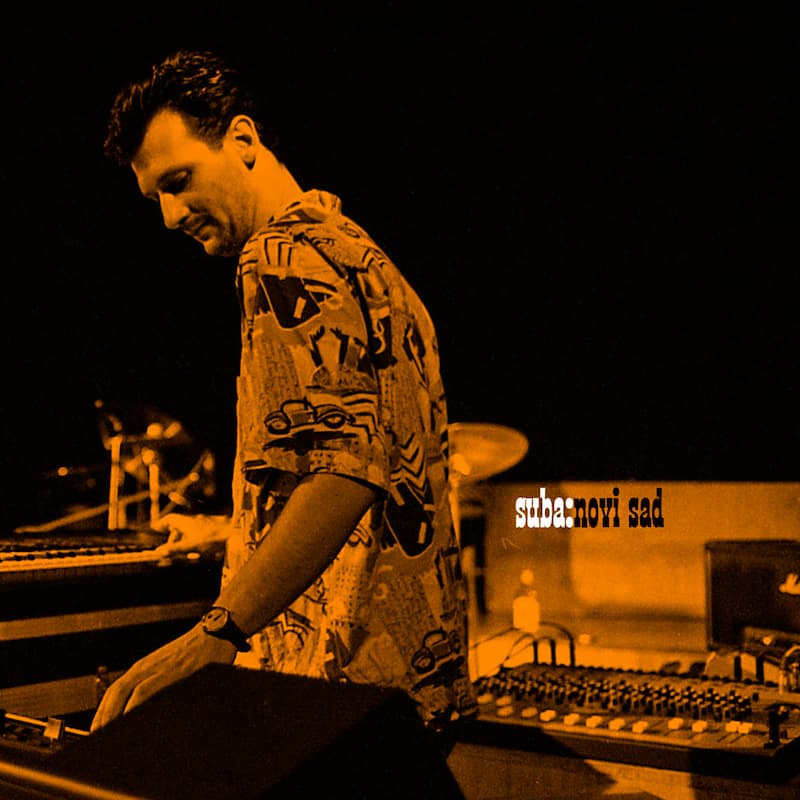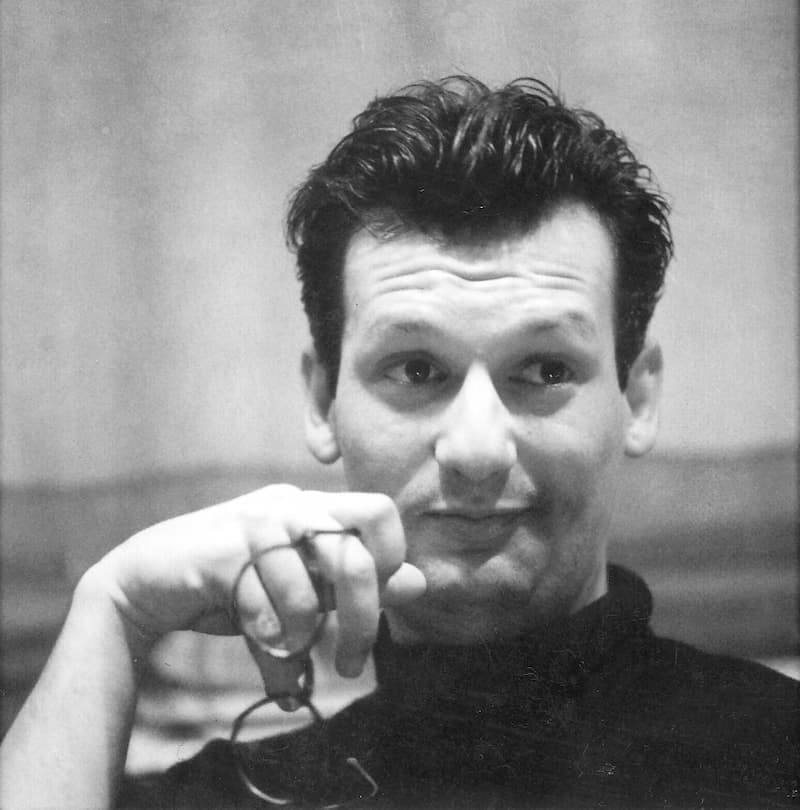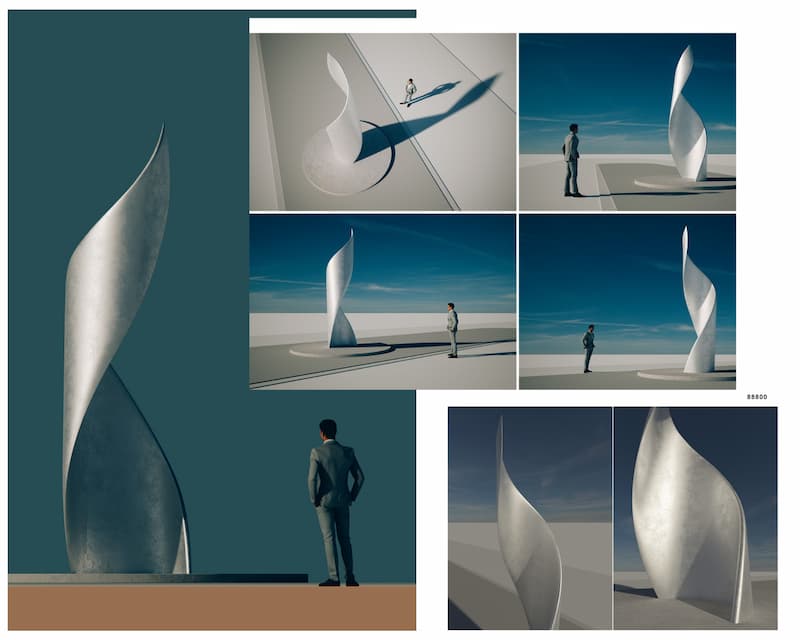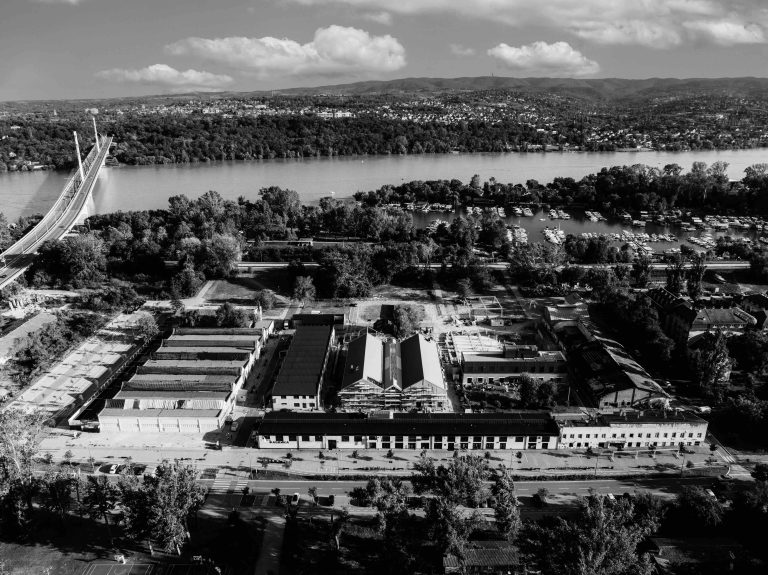Do you know who Mitar Subotić Suba was? For the people of Novi Sad, this is equally a matter of local patriotism and general culture. However, if you may not have heard of him until now, do not worry. An ideal opportunity to get to know the legendary Suba’s creative life in more detail awaits you soon within the Other? Europe programme arch of the European Capital of Culture. From 20 to 26 November, in the District, you will have a unique opportunity to see an interactive installation Suba Room composed of exhibitions, lectures, talks, video projections, music workshops, ballet performances, and the presentation of literary and musical editions dedicated to Suba.
On the first day, within the Suba Room exhibition, there will be The Dreambird sound installation created by Suba in the late eighties in Paris with Goran Vejvoda. This programme is followed by a concert by a Brazilian artist CéU.
The interactive installation Suba Room will take place in the District in the Menza facility, and we have prepared ‘notes’ for you so that you can follow the programme with full attention.

Suba’s Musical Beginnings
Mitar Subotić Suba was born in 1961 in Novi Sad. He was educated in his town and determined his direction towards music very early. Here he finished junior and high school of music, and then studied at the Academy of Arts, the department of composition and orchestration. He specialized during his studies, becoming interested in electronic music and creating the first recordings that combined electronics with synthesizers.
After graduation, in search of further education in his field of interest, Suba moved to Belgrade. At that time, Paul Pignon, a British saxophonist, was leading an electronic music course at Radio Belgrade, which was an ideal opportunity for Suba to improve and progress. He shared his creativity with the audience in an unusual way. Namely, he sent synthesizer recordings under the pseudonym Rex Ilusivii (Lat. king of illusions) every week to Dragan Gojković, the author of the shows Novi Vidici and Yu Pop Scena shows on Radio Novi Sad. A whole year passed, and neither Gojković nor his audience knew who was delighting them with these unusual recordings. After some time, Subotić revealed his identity and many consider this the beginning of his career. He started with performances in Belgrade, Novi Sad, Zagreb, Ljubljana, Sarajevo and Subotica. Suba stood out as a composer, arranger and instrumentalist, but he was also distinguished by his collaborations with established musicians, such as Marina Perazić and Milan Mladenović.

Suba Lived Music
In addition to collaborations with the bands Oktobar 1864, La Strada, Haustor and Heroina, Suba created music for television and theatre. For his work In the Mooncage, he received a UNESCO prize for the promotion of culture, as well as a scholarship for a three-month study of Afro-Brazilian rhythms in Brazil. That is where the story of Suba moves to another continent.
Career in Brazil
Finding himself in Brazil, he continued to create. He composed, recorded music, but also produced and collaborated with great Brazilian musicians. Bebel Gilberto and João Parahyba are just some of them. Brazil welcomed the Yugoslav artist with wide open arms, and gave him something new. He combined traditional Brazilian rhythms with electronic music. Not only Brazil liked this. He released the album São Paulo Confessions in 1999 in Brazil, Europe, USA and Japan. But as life sometimes, unfortunately, writes dramas, on the day of the promotion of the album in Sao Paolo, a fire broke out in the studio, and Subotić, in an attempt to save the recordings, lost his life.
Suba’s Visionary Spirit Is Felt Even Today
Artists live longer thanks to what they leave behind. Apart from music, Suba also left a legacy of togetherness, creativity and dedication to art. Namely, after his death, Brazilian artists with whom he successfully collaborated founded the Suba Institute; his hometown dedicated Suba’s Plateau in Liman and a stage to him at Exit festival. Novi Sad will preserve the memory of one of the most important local composers of contemporary music – for films, television, commercials, plays, radio, and electronic music – by setting up a sculpture dedicated to him, in Liman Park.

The sculpture dedicated to Mitar Subotić Suba was conceived by Milan Kulić from Belgrade, whose conceptual solution was chosen at the public call launched by the Novi Sad – European Capital of Culture Foundation. This memorial, inspired by Suba’s creativity, the idea of spirituality and the duality of space and time, will be exhibited right on the Suba’s Plateau. ‘The movement and energy of music are woven into the static solid nature of the sculpture, and the final form is inspired by the simplicity and layered content of Mitar Subotić Suba’s composition,’ said author Milan Kulić. On the occasion of the installation of the sculpture, the architect of the Foundation, Dušan Stevanović, said that ‘after the open-air gallery, the installation of the sculpture, or rather the memorial, in this part of Liman Park will finally enable the rounding of the entire form of the Suba’s Plateau, as a recognizable city space dedicated to Mitar Subotić Suba.’
Therefore, do not miss the opportunity to get acquainted with Suba’s ideas and values during the Suba Room exhibition. In addition to this, as pianist and Suba’s friend Branka Parlić concluded in the interview for Visit Novi Sad, ‘the inclusion of the SUBA:NOVI SAD project in the European Capital of Culture programme emphasizes Suba’s international career, intercultural character of his art, and it is certainly an opportunity to preserve various formats of artifacts and archival material in a space of legacy character.’ Communication between artist and audience never stops. See for yourself on 20 November.
Author: Tihana Smiljanić
Photo: Zoran Veselinović, Vladan Živojnov, Zoran Janjetov







